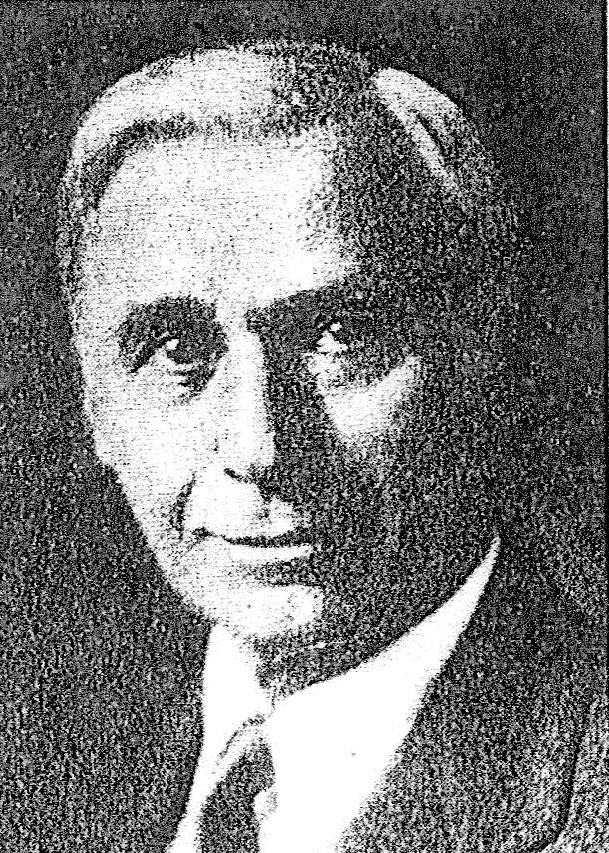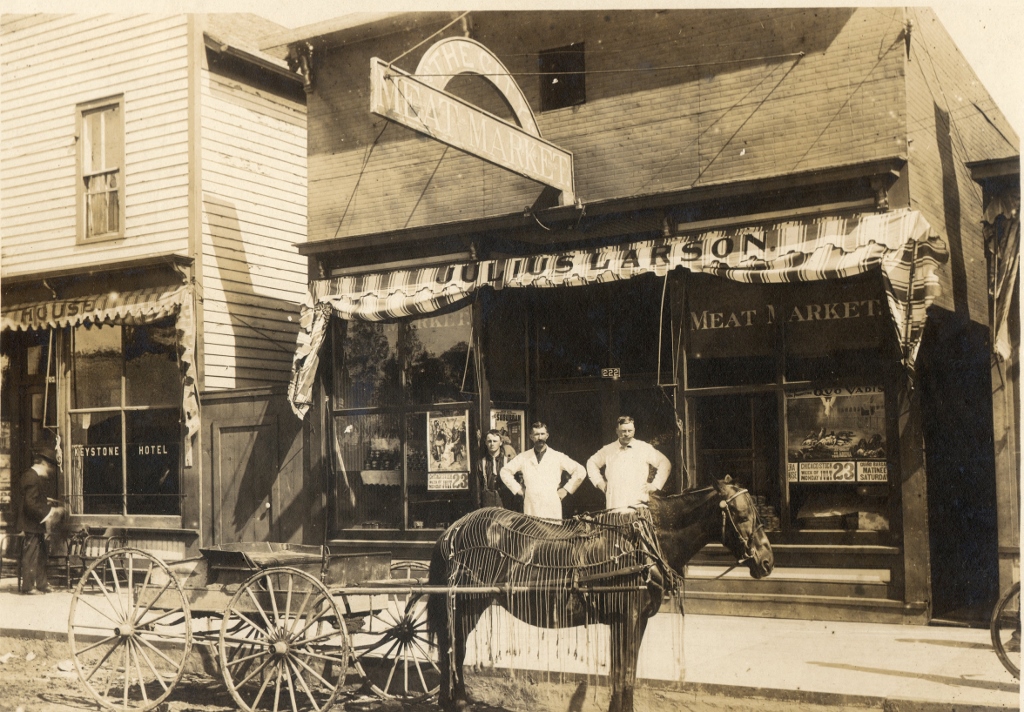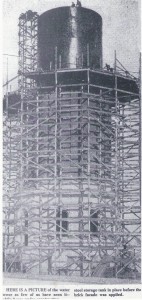
August Klagstad 1866-1949
Reared in a remote Upper Peninsula lumbering settlement, August Klagstad toiled in the mill piling pine slabs. But the high-pitched whine of the big saws could not drown out his dreams for a brighter future. When he exchanged his leather work gloves for brushes and a palette of oils—an artist emerged. A faithful Lutheran, Klagstad specialized in religious paintings. Today, Klagstad’s altar paintings can be found in churches throughout the United States. His “sermons on canvas” have inspired generations of worshipers in Michigan and across the nation.



